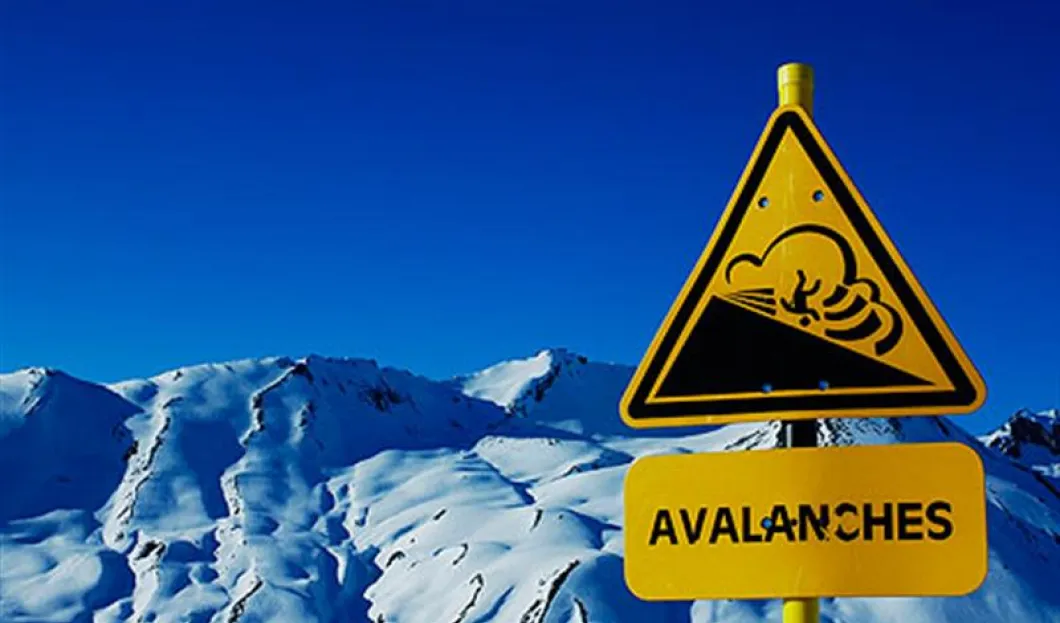
On the Swiss ski slopes and in protected areas, the number of avalanche victims has declined markedly, according to the Institute for Snow and Avalanche Research (SLF). In open terrain, the number of victims remained constant since the mid-1980s, although snow sports off the slopes are booming and have become a huge attraction of winter tourism.
The Institute in Davos evaluated the data on avalanche victims in Switzerland back to the years 1936/37. As the SLF reported, almost 2000 people died in more than 1,000 avalanches in the Swiss Alps in the last 80 years.
In the safe areas, i.e. on ski slopes, roads, railroad tracks and in settlements, the number of victims fell sharply. According to SLF, there were 15 people per year in the 15-year average in the late 1940s, whereas in 2010 it was less than one person on average. The numbers are good news for winter tourism businesses in the country.
Large investments in avalanches, better danger maps, closures, evacuations or artificial avalanches triggered by the SLF have contributed significantly to the fact that today much fewer people are perishing in avalanches than before.
The amount of accidents in open terrain however went up. While the 15-year-old average at the beginning of the 1950s was fewer than ten victims a year, it continued to rise steadily in the following decades, reaching an average of 27 avalanche victims in the 1980s.
The strong increase in the numbers of victims in open terrain was accompanied by a rapid development of winter tourism in Switzerland. It was astonishing that as a result, the numbers of avalanche victims in the 1990s declined to an average of 20, although more and more leisure sportsmen rolled away from secured slopes.
The decline is attributable to the intensified activities of SLF, improved information on the avalanche situation, or the increased use of avalanche emergency devices, such as detectors, probes or blades. Nevertheless, most of the avalanche accidents in the last few years were for recreational athletes who were off the beaten track.
For the coming winter tourism season, snow athletes who travel in open terrain should be trained according to the SLF in order to recognize dangerous places. It is indispensable to be informed about the current avalanche risks and to carry an emergency equipment in any case. These include an avalanche transceiver (LVS), a shovel, and a probe.












